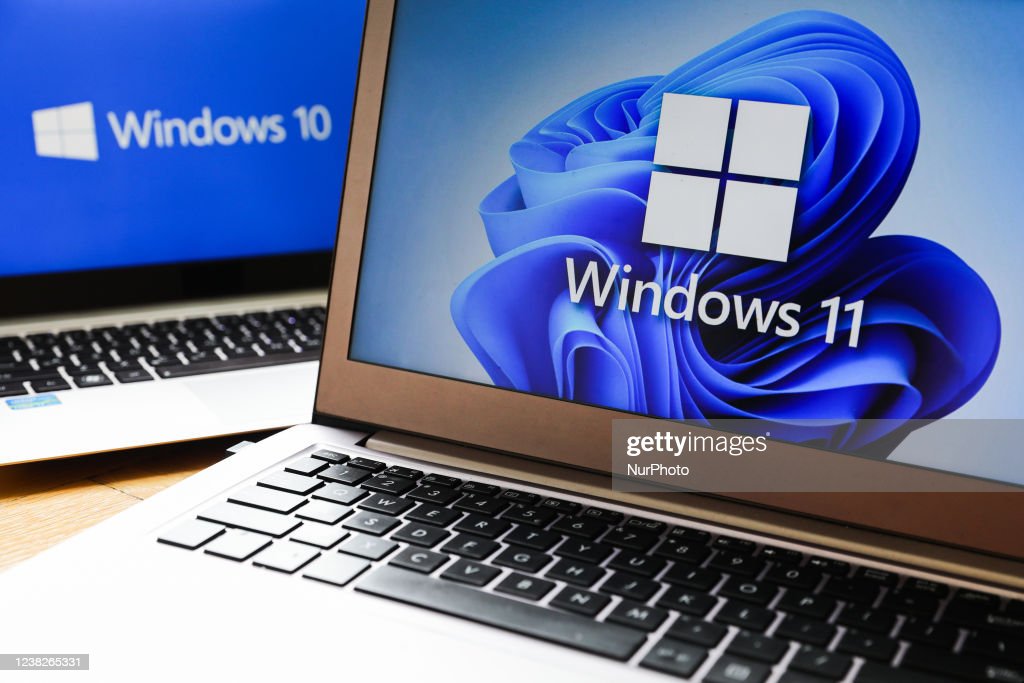Introduced in the OxygenOS 4.0 Nougat update, we can now change the Display Size (aka DPI) of the OnePlus 3 and the OnePlus 3T.
If you are on OxygenOS 3.x and still using Marshmallow with your OnePlus 3 or OnePlus 3T, then you’ll want to follow this guide to change the DPI of your phone. With the introduction of Android 7.0 Nougat on these two OnePlus phones, we have a different way of doing things.
Thanks to Google, they have baked this feature directly into the core Android OS and it can be adjusted directly within the Settings application.
If you’ve looked over DPI adjustment tutorials in the past (like I linked in the paragraph above), you’ll notice that this used to require root access in order to accomplish. This was because it required us to make an edit to the build.prop file and then restart our phone. With Android 7.0 Nougat, doesn’t isn’t necessary anymore, but we are somewhat limited to the amount we can change the DPI display size.
So while this new feature will work for most, you may still want to follow that guide if you want the DPI display size to be set to an exact number.
OnePlus 3 Display Size
- Launch the Settings application
- Scroll down and tap on the Display option
- Scroll down again and tap on the Display Size option
- Adjust the slider to the left or right (to make everything smaller or bigger)
- Then tap the Home button to go back to the Home Screen
Explanation
This week I was asked about how someone could change the DPI display size of the OnePlus 3T. Since this is a new feature for the OnePlus 3 and the OnePlus 3T with its OxygenOS 4.0 Nougat update, I thought it would be a good idea to cover it today. The idea with both of these features are the same, we just have a way of adjusting the DPI display size directly within the Settings application with the Nougat update.
So to start, you’ll first need to launch the Settings application and then you’ll want to scroll down to the Device section. In here, is an option called Display and tapping that will show you various features that OnePlus has included that pertain to the display of our phone. So scroll down a little bit until you get to the System section, and then start looking for the Display Size option.

Go ahead and tap this and you’ll be greeted with a couple of things. At the top, you’ll see an image like you see above, where you can get a preview of the changes you’re making to the phone. Under this preview demo, you’ll see a slider that should be on the middle peg by default. Now, moving this slider to the left will make the text and UI elements smaller, while moving this slider to the right will make these elements larger.
You can even swipe across the preview image to see other examples like an app drawer, and the Settings application page. You can’t mess anything up here, so I recommend experimenting with this feature and setting it up exactly like you want it. Personally, I like having a lot of information on the screen (icons, text, options, etc), so I swipe the slider all the way to the left. This allow for more icons to be included in a row on the Home Screen, and it also makes icons, text and UI elements smaller.
If you want things bigger, then try moving the slider to the right side and seeing if you prefer it that way. You can always come back here and put this slider back in the middle and it will be just like it was before you started adjusting things.



